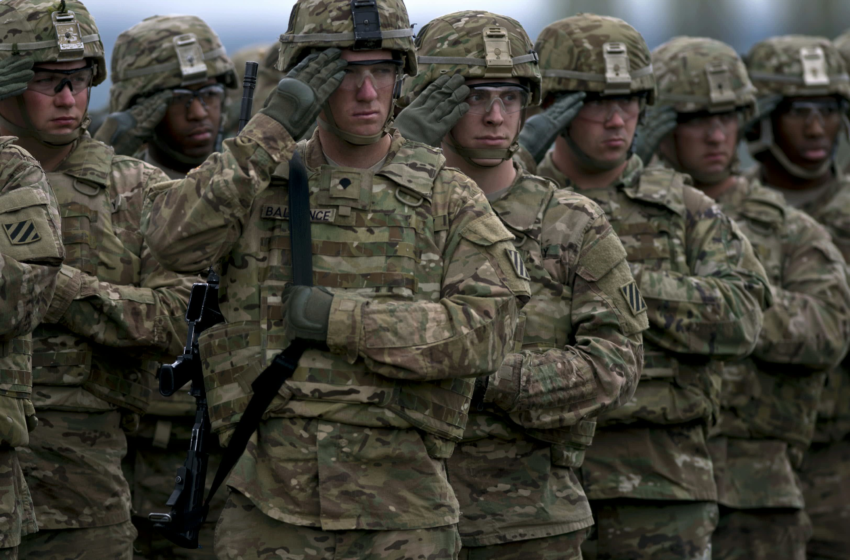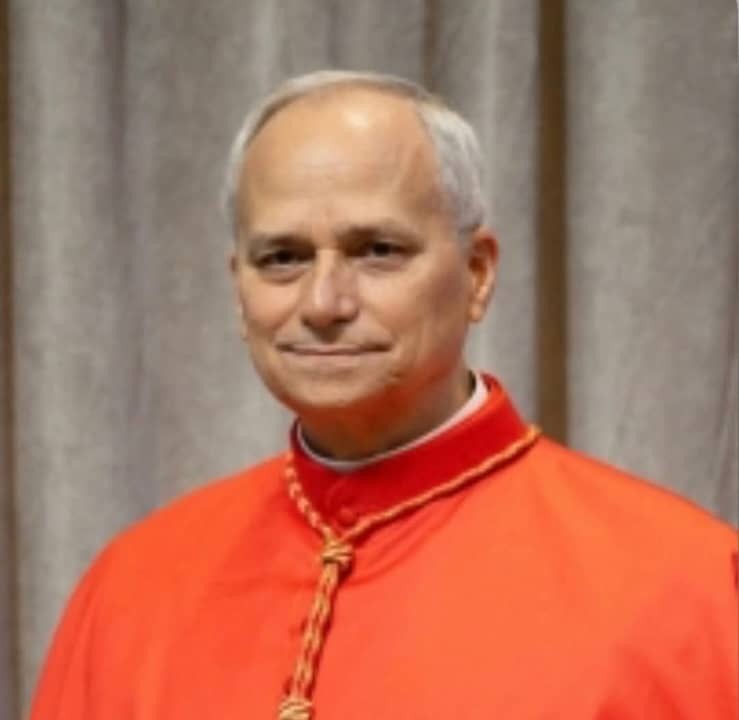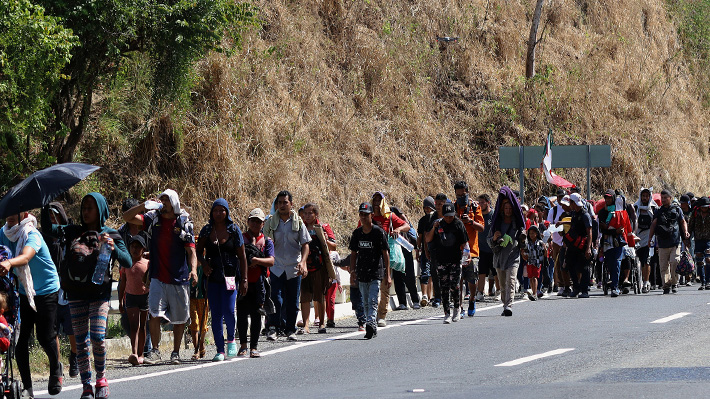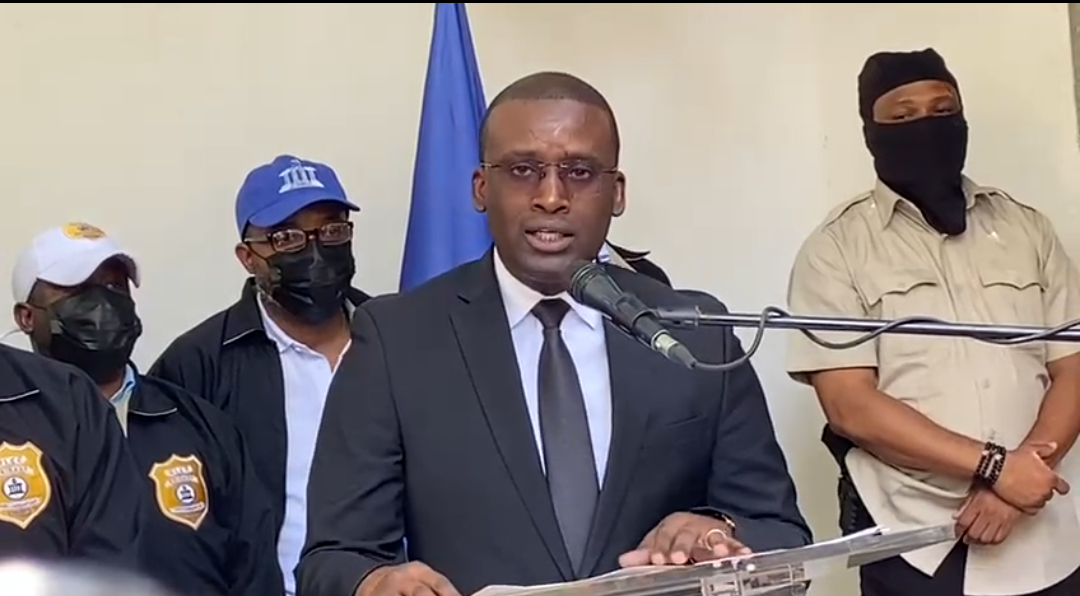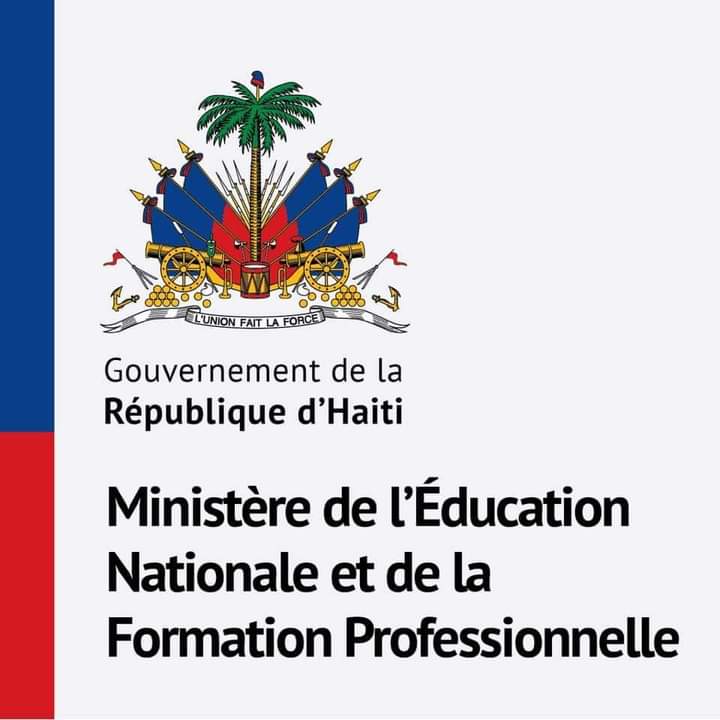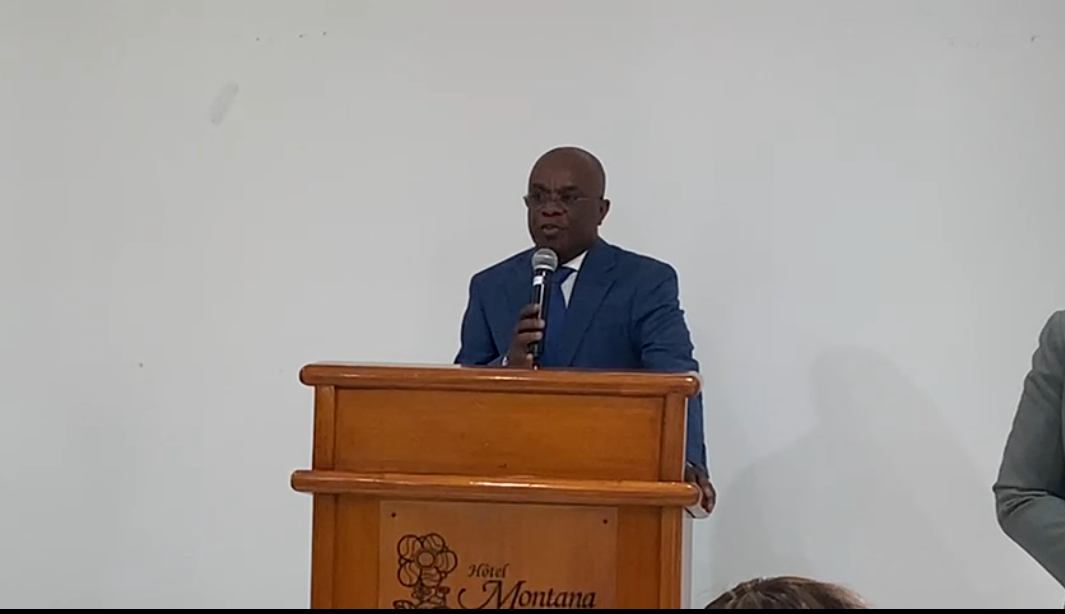U.S. army soldiers stand in formation during a joint military tactical training exercise Blowback 2016 with Bulgaria’s army at Novo Selo military ground on April 11, 2016.
NIKOLAY DOYCHINOV | AFP | Getty Images
Crisis talks aimed at averting a military confrontation between Russia and Ukraine appear to be faltering, as Western allies prepare for a possible conflict between the neighbors that could be “painful, violent and bloody.”
Western allies are preparing for some kind of military confrontation, with NATO putting more forces on standby and looking to reinforce Eastern Europe with more ships and fighter jets. The U.S. Department of Defense, meanwhile, said Monday that about 8,500 American troops are on heightened alert and awaiting orders to deploy to the region in the event that Russia does invade Ukraine.
The 8,500 troops are based in the U.S. and would be part of the NATO Response Force if that group is activated, the U.S. Department of Defense said on Monday.
The NATO Response Force is a 40,000-strong, multinational force made up of land, air, maritime and Special Operations Forces that NATO can deploy quickly, wherever needed. Its overarching purpose is “to provide a rapid military response to an emerging crisis,” NATO says. It has not yet been activated.
Pentagon Press Secretary John F. Kirby stated on Monday that the American forces being put on standby would be in addition to the significant combat-capable U.S. forces already based in Europe “to deter aggression and enhance the alliance’s ability to defend allies and defeat aggression if necessary.”
“Secretary [of Defense Lloyd] Austin has placed a range of units in the United States on a heightened preparedness to deploy, which increases our readiness to provide forces if NATO should activate the NRF or if other situations develop,” the press secretary said.
If it is activated, Austin’s order would enable the U.S. to rapidly deploy additional brigade combat teams, along with units specializing in logistics, aviation, intelligence, surveillance, reconnaissance, transportation and more, Kirby noted.
U.K. Prime Minister Boris Johnson, meanwhile, warned on Monday that a Russian invasion of Ukraine would be a “painful, violent and bloody, business” and a “disastrous step.”
“The intelligence is very clear that there are 60 Russian battle groups on the border of Ukraine. The plan for a lightning war that could take out Kyiv is one that everybody can see. We need to make it very clear to the Kremlin that that would be a disastrous step,” he told reporters.
Europe in the back seat
But as the U.S. and NATO officials plan for a potential conflict, Europe seems to have been conspicuously absent from many of the proceedings leading up to this point.
Many last-ditch negotiations aimed at preventing tensions between Russia and Ukraine from spilling into conflict have gone ahead without the bloc, leading Eurasia Group’s Emre Peker and Alex Brideau to believe that Europe has been “sidelined on its own turf.”
“The EU has failed to unequivocally rally behind a strategy to counter Russia’s increasingly aggressive posture against Ukraine, and will struggle to do so going forward. That will relegate Brussels to the sidelines as the U.S. and Russia discuss the future of Europe’s security architecture,” they noted on Monday.
Several European officials have complained that the EU has been sidelined during discussions on Ukraine between the U.S. and Russian officials; Ukraine has also complained that it has also been left out of talks in which it is the central focus and concern.
But part of the European Union’s difficulties when it comes to dealing with its bellicose neighbor Russia is that there is division within the bloc over how to deal with Moscow. Some countries take a more dovish stance toward Russia (such as France and Germany), whereas others, such as those in Eastern Europe or those that used to be part of the Soviet Union like the Baltics, are more hawkish.
In addition, the EU has an awkward reliance on Russia for a large chunk (around 40%) of its natural gas supplies, meaning that Russia can use this resource, particularly in winter, to its own advantage. Germany in particular is in a difficult situation because the Nord Stream 2 gas pipeline, which is yet to be approved, will transport gas directly into Germany and is designed to boost Russian gas supplies to the continent.
Another part of the problem is that there is no consensus in the EU over its future security landscape. Some countries, like France, are pushing for more strategic autonomy from the U.S. and NATO, while others (again those in Eastern Europe and the Baltics where NATO troops are deployed) are more comfortable with remaining under the aegis of the military alliance.
Europe won’t act ‘unless there’s an invasion’
“Barring invasion, Europe can’t and won’t mobilize,’ Eurasia Group’s analysts warned, predicting that the EU “will struggle to bridge internal divides between Russia hawks and doves over Ukraine tensions.”
“These dynamics will put yet another nail in the coffin of EU defense integration, and exacerbate the bloc’s split into pro-U.S. and more-Europe camps on security,” Peker and Brideau noted, effectively meaning that “U.S.-Russia talks will decide the future of Europe’s security architecture, which the EU will follow.”
Crisis talks between Western officials and Russia have been taking place for a number of weeks now, and follow high-profile discussions between U.S. President Joe Biden and his Russian counterpart Vladimir Putin.
Concerns over Russia’s behavior toward Ukraine grew amid reports that it had deployed around 100,000 troops and military hardware to various positions along its border with Ukraine. There have also been some intelligence reports that it is planning to invade.
Russia has denied these reports repeatedly.
In talks with the U.S. and NATO, Russia sought legal assurances that Ukraine will never be allowed to join NATO, as Putin seeks to stop any eastward expansion of the military organization, and pushes NATO to roll back deployments in Eastern Europe and the Baltics. So far, the U.S. and NATO have refused such demands, among others.
As Ukraine is not a member of NATO, the military alliance is not obliged to defend it, posing the question over just how far the U.S. and EU are willing to go to defend the country — one that aspires to both membership of the EU and NATO. Russia vehemently opposes these aspirations.
While the U.S., Europe and NATO have all talked tough when it comes to Russia, vowing “massive consequences” as U.S. State Secretary Antony Blinken said on Sunday, if Russia does invade, so far it looks like more sanctions on key Russian sectors would be the primary response deployed by the international community.
While the U.S. and U.K. have sent military equipment to Ukraine to help it defend itself, the response from EU nations has been more nuanced — Germany has refused to provide Ukraine with direct military support and reportedly blocked Estonia from sending German-made weapons to Ukraine.
NATO has itself been bolstering its military capabilities in Eastern Europe by putting forces on standby and deploying more ships and fighter jets to the area. Some European countries, including Spain, Denmark and the Netherlands, have announced their intention to send military hardware to bolster NATO defense capabilities.
Mariana, 52, a marketing researcher who for the past two years has been a volunteer in a Kyiv Territorial Defence unit, trains on a Saturday in a forest on January 22, 2022 in Kyiv, Ukraine.
Sean Gallup | Getty Images
The Kremlin accused the U.S. and its allies on Monday of escalating East-West tensions by announcing plans to boost NATO forces and the U.S.’ decision to evacuate the families of diplomats from its embassy in Ukraine.
Europe preparing for conflict
The EU said on Monday that it will continue to stand by Ukraine’s side and, despite preparations for conflict, diplomats in Europe continue to push for peace.
A flurry of diplomatic meetings has continued in the region this week, with the EU’s Foreign Affairs Council meeting on Monday and NATO Secretary General Jens Stoltenberg holding talks with foreign affairs ministers from Finland and Sweden.
On Monday afternoon, Biden held a video call with a number of European leaders and NATO chief Stoltenberg.
In a statement, the European Commission said the meeting “aimed at coordinating the collective response to the aggressive behaviour of Russia with regards to Ukraine. Leaders shared the assessment on the seriousness of the situation. They wished for diplomacy to succeed but are undertaking preparations for all eventualities.”
It added that it was “working on a wide array of sectoral and individual sanctions in the case of further military aggression by Russia against Ukraine,” as well as working with EU states and allies on preparedness, from energy to cyber-security.
On Monday, the EU announced a new financial aid package for Ukraine of 1.2 billion euros ($1.36 billion) in the form of an emergency financial assistance package and 120 million euros in additional grants. European Commission President Von der Leyen said the aid was aimed at helping Ukraine “address its financing needs due to the conflict,” adding: “Let me be clear once more: Ukraine is a free and sovereign country. It makes its own choices. The EU will continue to stand by its side.”
European leaders are also looking to try their hand at bringing Russia and Ukraine closer together this week, with political advisors from Russia, Ukraine, France and Germany due to hold “Normandy format” talks on eastern Ukraine in Paris on Tuesday or Wednesday.
Such talks have in the past produced the so-called ‘Minsk Agreements’ — peace deals to stop the ongoing lower-level conflict in eastern Ukraine — but the accords did not stop ongoing skirmishes and some fighting in the Donbass region between pro-Russian separatists and Ukrainian troops, and both sides have accused the other of flouting the agreements.
As such, there is not much expectation that the Normandy talks will be fruitful. Timothy Ash, senior emerging markets sovereign strategist at Bluebay Asset Management, said that “Normandy and Minsk processes are dead,” with Moscow showing what he said was “zero interest” in the peace talks continuing.

